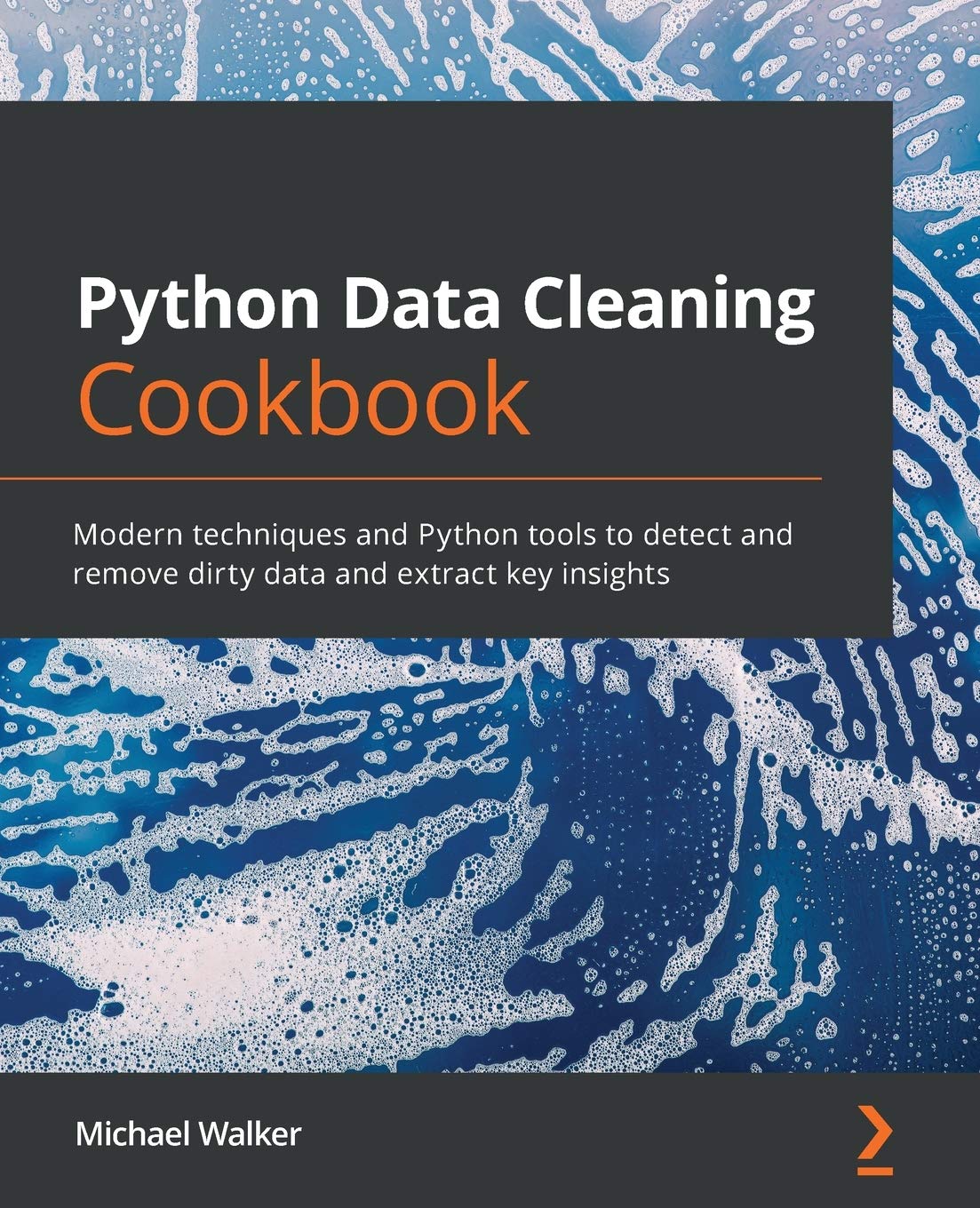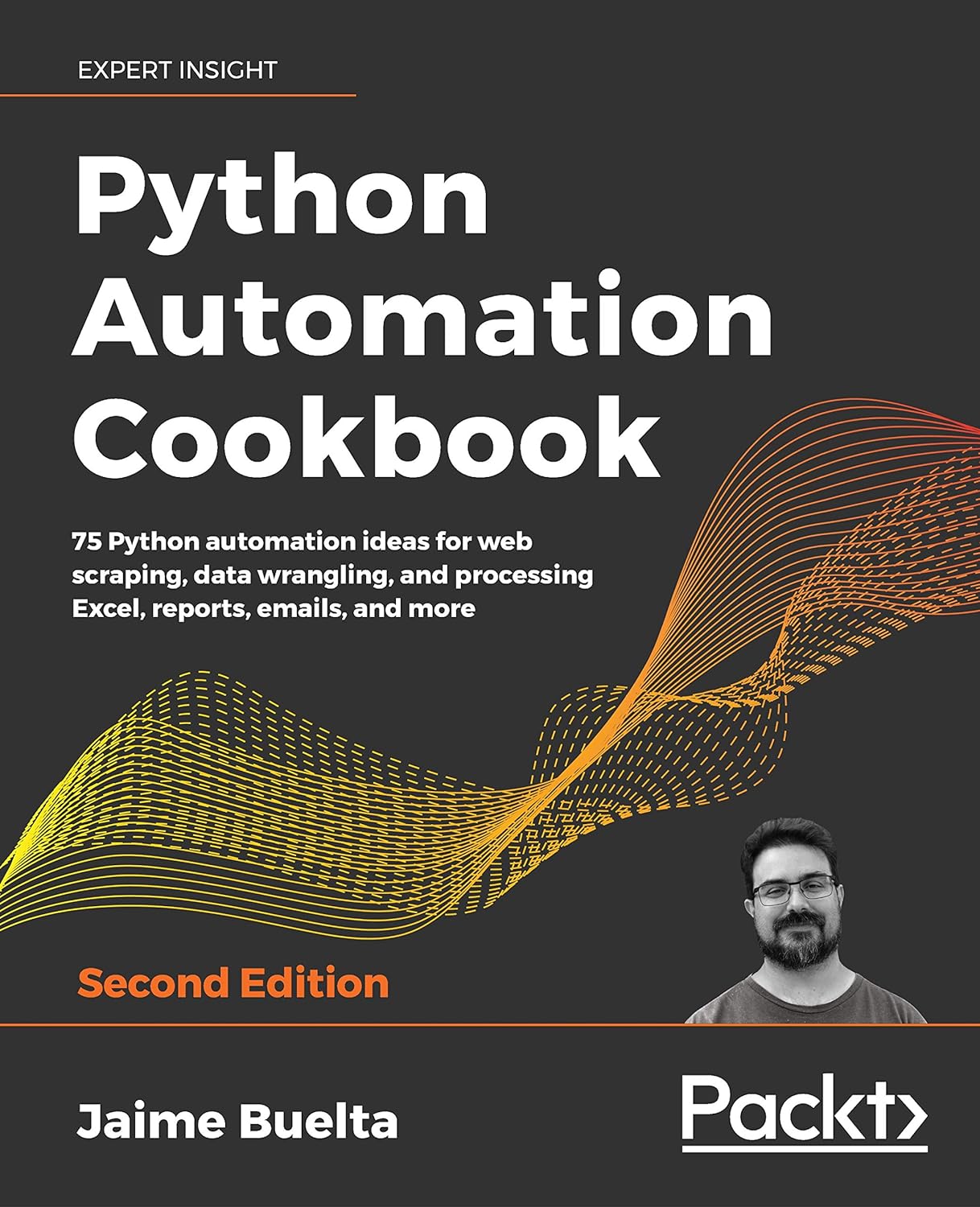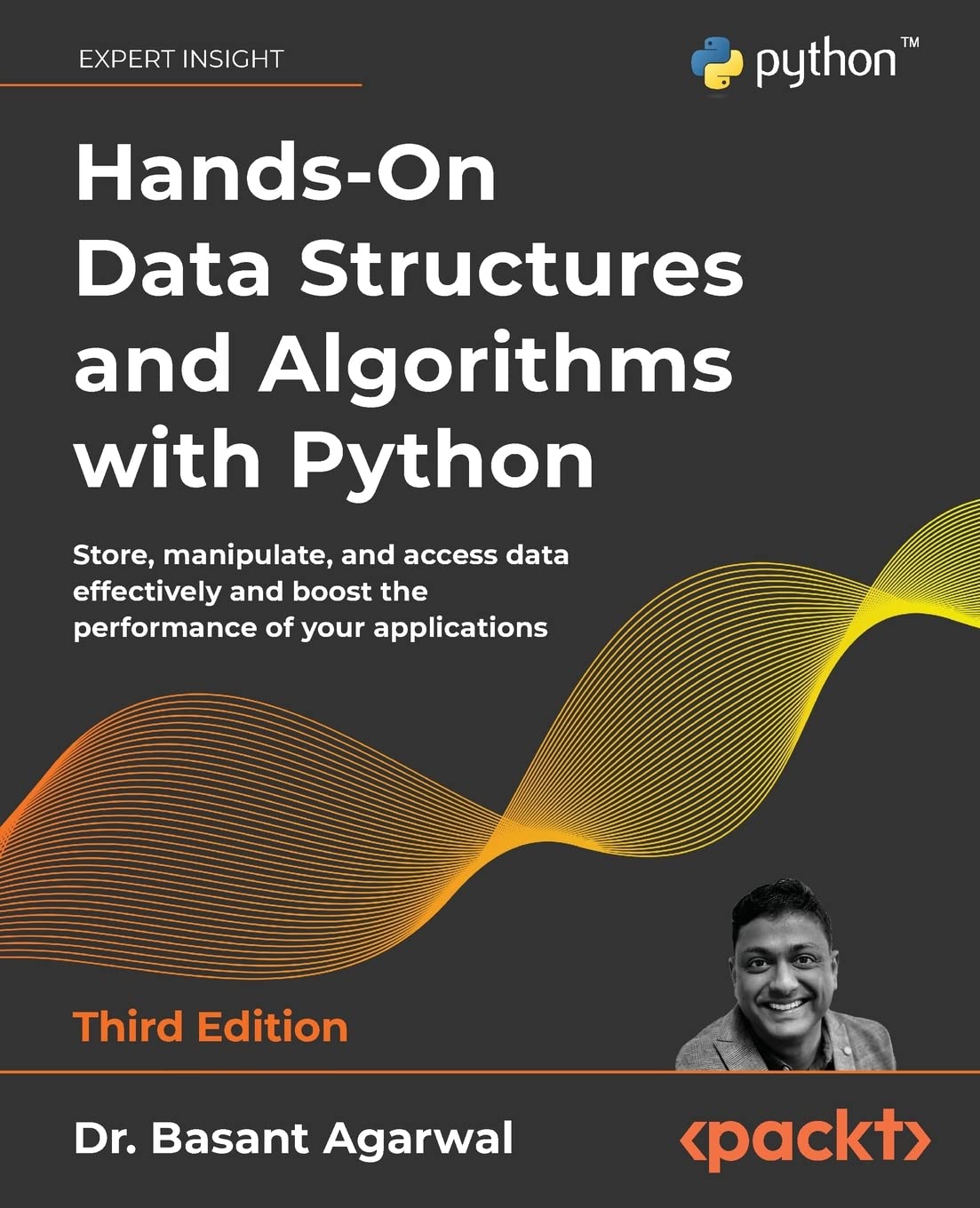Get to grips with the latest container examples, Python 3 features, GitLab DevOps, network data analysis, and cloud networking to get the most out of Python for network engineering with the latest edition of this bestselling guide
Purchase of the print or Kindle book includes a free eBook in PDF format.
Key Features
Explore the power of the latest Python libraries and frameworks to tackle common and complex network problems efficiently and effectively
Use Python and other open source tools for Network DevOps, automation, management, and monitoring
Use Python 3 to implement advanced network-related features
Book Description
Networks in your infrastructure set the foundation for how your application can be deployed, maintained, and serviced. Python is the ideal language for network engineers to explore tools that were previously available to systems engineers and application developers. In Mastering Python Networking, Fourth edition, you'll embark on a Python-based journey to transition from a traditional network engineer to a network developer ready for the next generation of networks.
This new edition is completely revised and updated to work with the latest Python features and DevOps frameworks. In addition to new chapters on introducing Docker containers and Python 3 Async IO for network engineers, each chapter is updated with the latest libraries with working examples to ensure compatibility and understanding of the concepts.
Starting with a basic overview of Python, the book teaches you how it can interact with both legacy and API-enabled network devices. You will learn to leverage high-level Python packages and frameworks to perform network automation tasks, monitoring, management, and enhanced network security, followed by AWS and Azure cloud networking. You will use Git for code management, GitLab for continuous integration, and Python-based testing tools to verify your network.
What you will learn
Use Python to interact with network devices
Understand Docker as a tool that you can use for the development and deployment
Use Python and various other tools to obtain information from the network
Learn how to use ELK for network data analysis
Utilize Flask and construct high-level API to interact with in-house applications
Discover the new AsyncIO feature and its concepts in Python 3
Explore test-driven development concepts and use PyTest to drive code test coverage
Understand how GitLab can be used with DevOps practices in networking
Who this book is for
Mastering Python Networking, Fourth edition is for network engineers, developers, and SREs who want to learn Python for network automation, programmability, monitoring, cloud, and data analysis. Network engineers who want to transition from manual to automation-based networks using the latest DevOps tools will also get a lot of useful information from this book.
Basic familiarity with Python programming and networking-related concepts such as Transmission Control Protocol/Internet Protocol (TCP/IP) will be helpful in getting the most out of this book.
Table of Contents
Review of TCP/IP Protocol Suite and Python
Low-Level Network Device Interactions
APIs and Intent-Driven Networking
The Python Automation Framework – Ansible
Docker Containers for Network Engineers
Network Security with Python
Network Monitoring with Python - Part 1
Network Monitoring with Python - Part 2
Building Network Web Services with Python
Introduction to AsyncIO
AWS Cloud Networking
Azure Cloud Networking





















































s.PNG)

























